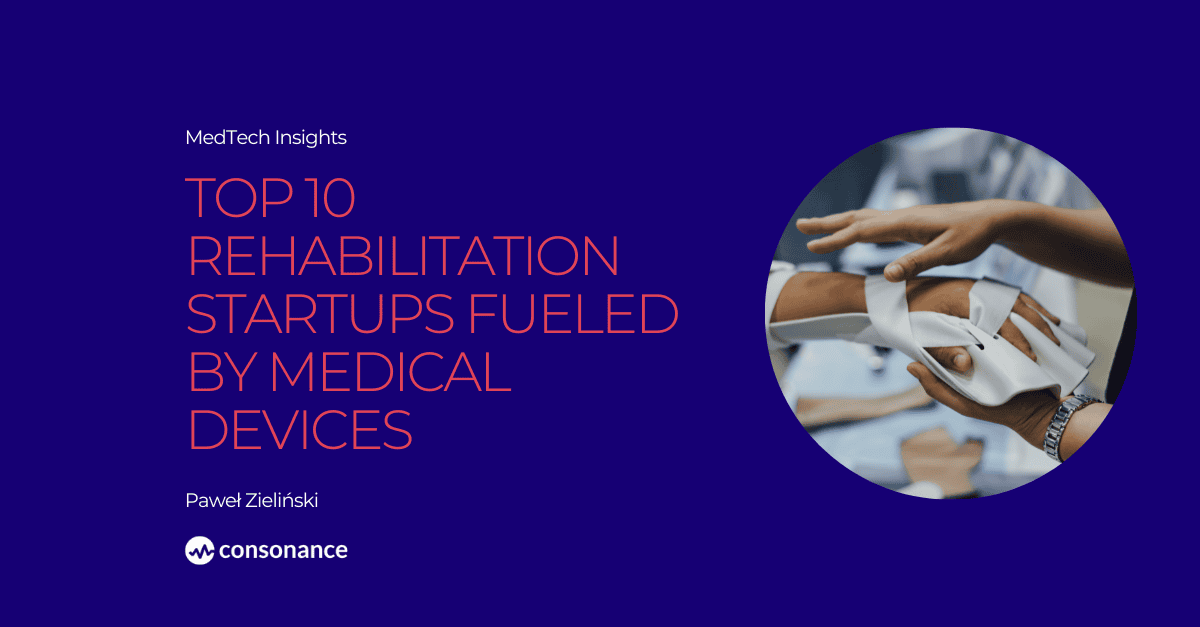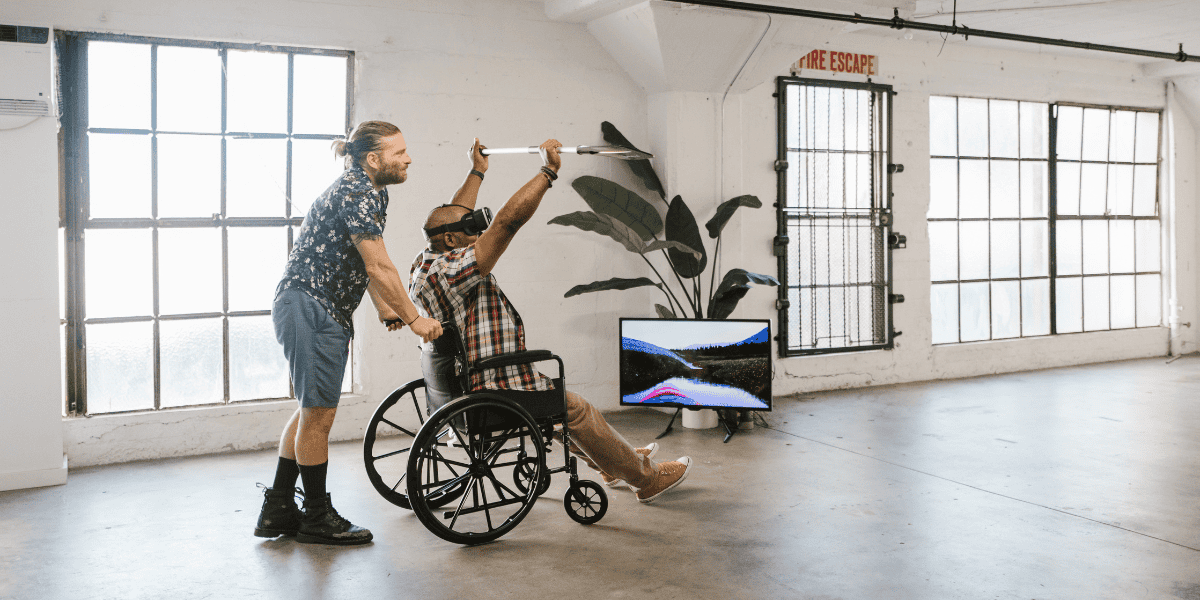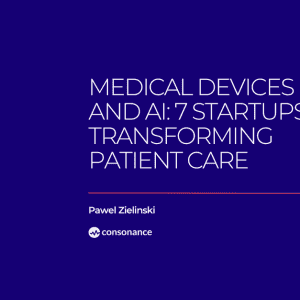Top 10 Rehabilitation Startups Fueled by Medical Devices

Rehabilitation space is undergoing a transformative shift, led by rehabilitation startups that are reshaping how patients recover. These innovative companies are introducing advanced devices that make recovery faster, smarter, and more tailored to individual needs. Through cutting-edge robotics, AI-driven applications, and smart wearables, patients can now access high-quality rehabilitation support from home. This evolution not only empowers patients but also enables more accurate and responsive therapy for a wide range of conditions, from neuromotor impairments to osteopathies.
Below, we present a list of 10 rehabilitation startups that are revolutionizing rehabilitation by making it more efficient, accessible, and adaptable to each patient’s unique journey toward healing.
The challenge is how to squeeze such innovations into reimbursement systems and everyday treatment? As these innovations continue to evolve, the line between hospital and home care should blur, making high-quality rehabilitation available to many. I hope healthcare decision makers and KOL’s will show enough interest to shorten the adoption time and enhance patient rehabilitation outcomes.
If you want to shape the rehabilitation future with medical devices, let’s talk!
Below, we present a list of 10 rehabilitation startups that are revolutionizing rehabilitation by making it more efficient, accessible, and adaptable to each patient’s unique journey toward healing.
Game-Changing Medical Device Rehabilitation Startups Transforming Recovery
- Band Connect
Band Connect develops a platform that allows physical therapists to remotely guide patients through home rehab. Using sensor-equipped exercise equipment, it provides a personalized experience simulating virtual physical therapy. The system simplifies patient progress tracking and boosts engagement without requiring cameras or body sensors, and it’s portable for convenience. - Walk With Path
Walk With Path focuses on improving mobility and safety for individuals with neurological and sensory issues, like Parkinson’s disease. Their Path Finder product provides visual cues for walking assistance, while Path Feel insoles enhance balance through vibrations. The company also aims to empower independence and prevent falls. - EGZOTech
EGZOTech is working on rehabilitation technologies supporting long-term neurorehabilitation. Their devices, Luna EMG and Luna V2, restore movement in patients with neuromuscular conditions. With real-time muscle activity monitoring and biofeedback, they provide personalized therapy for stroke, spinal injury, and neurodegenerative diseases. EGZOTech products are used in both rehabilitation centers and home environments. - Scewo
Scewo develops mobility solutions for people with disabilities. Scewo BRO, the device they are working on, is an electric wheelchair capable of climbing stairs and navigating various surfaces, providing users with greater independence. It includes features such as a seat lift and joystick control, making it convenient for both indoor and outdoor use. The sleek design and cutting-edge technology enhance daily functionality and user comfort. Additionally, Scewo BRO aims to redefine accessibility by allowing individuals to move with freedom and confidence in challenging environments. - Neurofenix
Neurofenix focuses on developing virtual care solutions for neurological patients, enabling home-based rehabilitation. Their flagship device, NeuroBall, aids in stroke recovery by offering personalized sessions based on neuroplasticity principles. The system allows for progress tracking through remotely controlled devices and the Neurofenix platform. The startup’s goal is to enhance access to neurorehabilitation by making it more accessible and convenient for patients, particularly those who may face barriers like distance or costs. - Biomotum
Biomotum is working on robotic exoskeletons to enhance mobility for people with gait impairments. Their product, Biomotum SPARK, assists individuals with neurological and orthopedic conditions like cerebral palsy and stroke. This lightweight, on-demand system offers precise assistance for rehabilitation by improving walking function and gait quality. It is designed for use both in clinical settings and everyday life, with a focus on maximizing therapeutic impact and patient independence. - Loutkar Robotics
Loutkar Robotics is developing advanced robotic solutions to enhance accessibility and autonomy for individuals with physical limitations. Their flagship product is the first portable, active Modular Exomuscular System is designed for therapeutic management of central or peripheral pathologies. It allows for customized combinations tailored to the specific condition being treated. The product uses adaptive robotic technology to assist with daily activities, supporting people in regaining independence and mobility. By integrating cutting-edge sensors and artificial intelligence, their system provides tailored assistance for users with various disabilities, creating a safer and more comfortable user experience for use at home or in therapeutic settings. - Rehabilia Technologies
Rehabilia Technologies focuses on wearable rehabilitation devices aimed at aiding recovery for people with neuromuscular injuries. Their innovative product – PhiCube – targets specific muscle groups and joints, using real-time data to provide feedback for optimized recovery and functional improvement. With applications in both clinical and personal use, these devices empower individuals recovering from injuries like strokes and spinal cord damage to achieve better outcomes through personalized, guided therapy. - Neuroblast
Neuroblast is creating neurostimulation devices designed to improve cognitive and physical performance in individuals with neurological disorders. Their non-invasive system delivers targeted neurostimulation to boost neural activity, helping patients with conditions such as Parkinson’s disease and multiple sclerosis regain control and enhance quality of life. Adaptable for clinical and at-home use, The Neuroblast aims to maximize therapeutic benefits by enhancing brain-body communication. - KAT Innovation
KAT Innovation is developing and bringing to market an advanced connected medical device in the form of smart clothing that integrates OSTAAT™ electrical stimulation technology. This device is designed to promote bone growth in patients with osteopenia and osteoporosis and meets an unmet need for osteoporosis patients with severe chronic kidney disease (CKD) who cannot use medication. Using a gentle, low-intensity electric current, this non-invasive, side-effect-free approach stimulates osteogenesis, helping to lower the risk of fractures, especially in the hip and spine.

Rehabilitation Medical Device Development
Summary
In conclusion, medical device rehabilitation startups are reshaping the future of recovery and therapy, making it more accessible, personalized, and effective. These companies are leveraging advanced technology – from AI-powered robotics to smart wearables – to empower patients to achieve their rehabilitation goals faster and with greater independence.The challenge is how to squeeze such innovations into reimbursement systems and everyday treatment? As these innovations continue to evolve, the line between hospital and home care should blur, making high-quality rehabilitation available to many. I hope healthcare decision makers and KOL’s will show enough interest to shorten the adoption time and enhance patient rehabilitation outcomes.
If you want to shape the rehabilitation future with medical devices, let’s talk!






